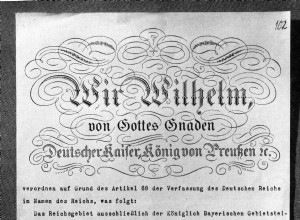Cavalry was considered, not unjustly, an obsolete weapon during the Second World War. However, many of the belligerent countries developed cavalry formations and successfully so. When World War II broke out, the Italian Army raised six cavalry regiments, including the 3rd Dragoons in Savoy, which wa




